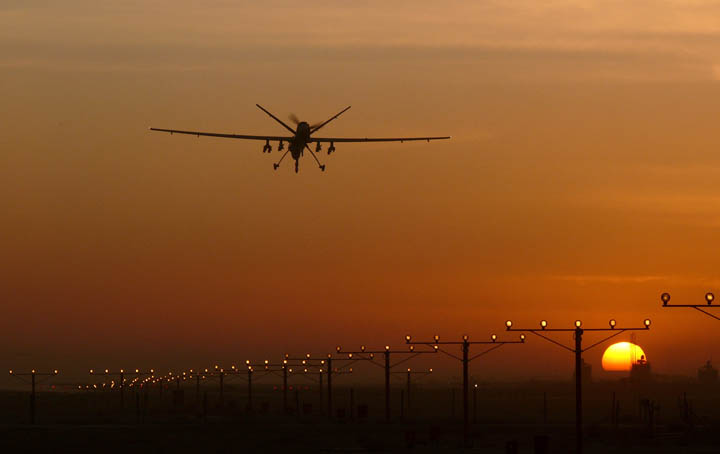European Rail Industry Perspective on GNSS: Francesco Rispoli
I was sitting on a train recently and a guy said to me, “What does GPS have to do with trains? Trains run on tracks, don’t they? How can they get lost or go the wrong way?”
The fact is trains have all kinds of things to do with GNSS. Most important are safety-related applications, including satellite navigation as a means of precisely determining train position. Being able to anticipate approaching curves and bends is important for tilting trains, for example.
By Inside GNSS















